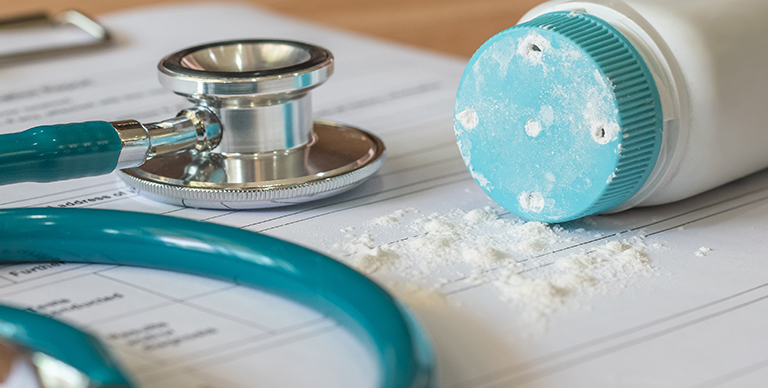Johnson & Johnson Knew it had Asbestos in its Products
Reuters has investigated and found that Johnson & Johnson has known that asbestos was in its baby powder since at least 1971. From 1971 to the early 2000s, the company’s raw talc and finished powders sometimes tested positive for asbestos. The company’s lawyers, doctors, scientists, executives, and mine managers all knew about the problem, but did not disclose this information to the public and regulators. There were even reports in 1957 and 1958 from a consulting lab stating that the talc was contaminated with a fibrous, needle-like, and acicular material, which describes asbestos perfectly. There were also tests done by outside labs and suppliers in the early 2000s that had similar results- asbestos in the talc.
In 1976 the Food and Drug Administration (FDA) was planning on placing limits on cosmetic talc products when Johnson & Johnson assured regulators that samples taken from December 1972 through October 1973 had no asbestos. The actual test results from three different labs all contained asbestos, with one lab finding asbestos in very high levels. Johnson & Johnson also tested internally, but the tests were flawed. They did not show asbestos in the product, but only a very small fraction of samples were tested and the tests were not accurate enough to catch trace amounts of the substance.
Since it found out asbestos was in its products, Johnson & Johnson has been deceiving consumers and regulators. Motivated to make a profit, Johnson & Johnson knowingly exposed people to a dangerous carcinogen. It even pushed for the FDA to approve an x-ray scanning technique that would allow a one percent tolerance for asbestos (talc would contain 10 times the proposed limit and still pass). The government is supposed to protect the public from actions like this, but has failed in this case. It should have been ensuring the safety of a product that was being used on young children, but believed Johnson & Johnson was telling the truth.
Source:
Lisa Girion, “Powder Keg” Reuters (December 14, 2018). [Link]




